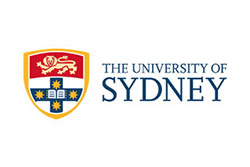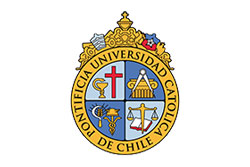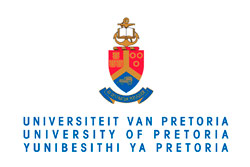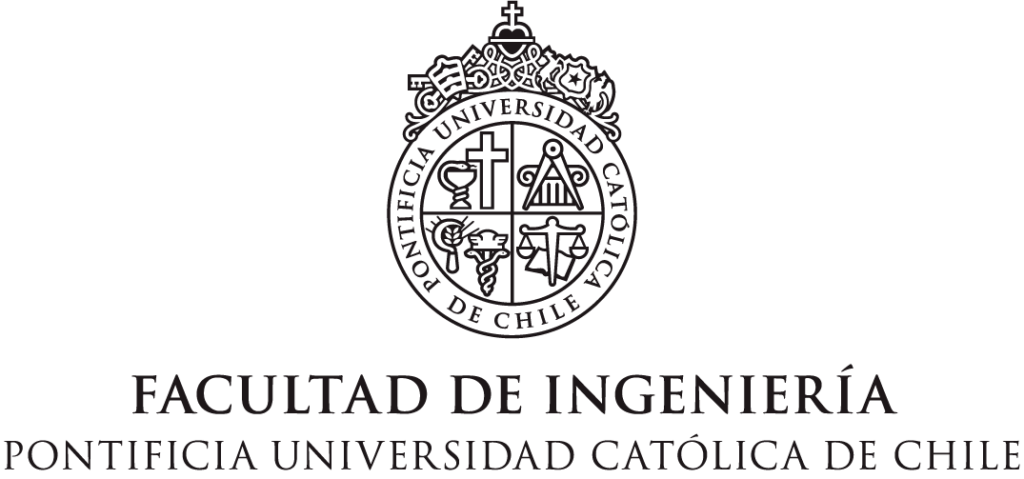This paper presents a comparative analysis of bus emissions associated with a variety of fuel types, specifically for developing countries. A large data set of in-use transit bus tests is compiled for commonly regulated transportation emissions including carbon monoxide, hydrocarbons, nitrogen oxides, and particulate matter. Carbon dioxide is included to help in understanding greenhouse gas emissions. A meta-analysis technique is used with 25 studies to find a range of emissions values for various fuel and exhaust aftertreatment combinations to determine which combinations provide the greatest emissions reduction. The fuels considered are diesel with various concentrations of sulfur, biodiesel (100% and 20% blend with diesel), compressed natural gas, liquefied natural gas, and ethanol. The standard internal combustion engine, the internal combustion engine-electric hybrid, and a variety of exhaust aftertreatment technologies are considered. The analysis shows that no single fuel is best for reducing all emissions if the appropriate exhaust aftertreatment technologies are used. The technologies showing the lowest emissions in important categories (nitrogen oxides, particulate matter, and carbon dioxide equivalents) are compressed natural gas with a three-way catalyst, 100% biodiesel, and ultralow sulfur diesel with selective catalyst reduction. Other factors, such as altitude, drive cycle, and mileage, also affect emissions values. A wide range of emissions values is found, even for the same fuel and technology. The variations and factors should be understood for accurate evaluation of results from further emissions testing.










